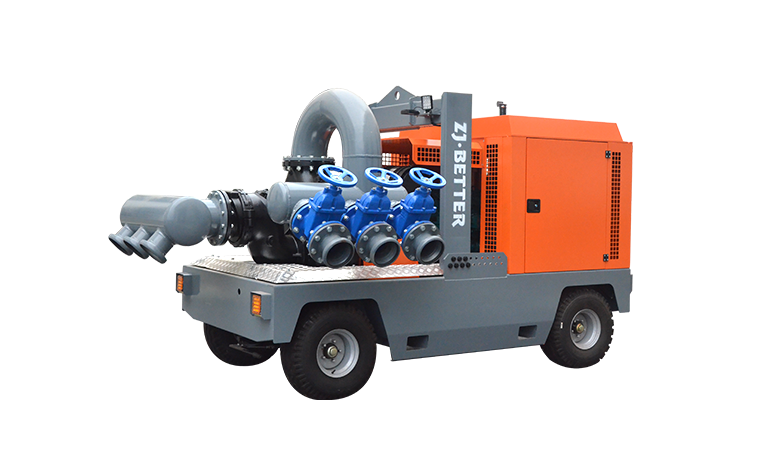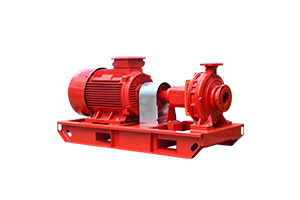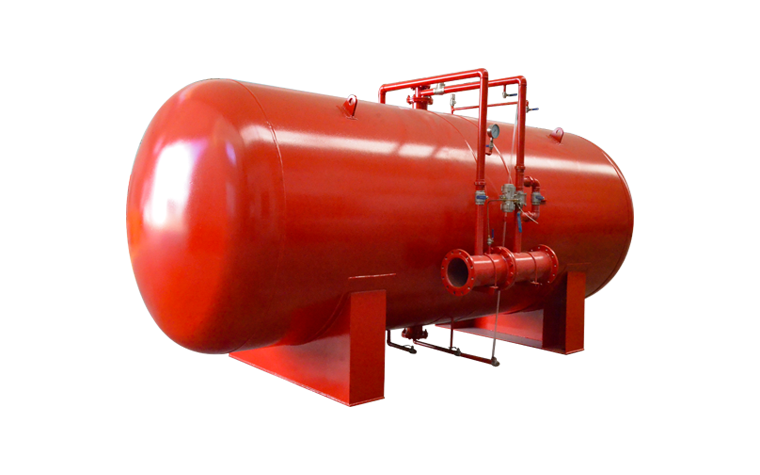-
 Oct 23, 2023How to perform regular maintenance on mobile pump trucks?Performing regular maintenance on mobile pump trucks is essential to ensure their reliability, safety, and longevity. Follow these steps to conduct routine maintenance:View details
Oct 23, 2023How to perform regular maintenance on mobile pump trucks?Performing regular maintenance on mobile pump trucks is essential to ensure their reliability, safety, and longevity. Follow these steps to conduct routine maintenance:View details -
 Oct 23, 2023How to conduct regular inspections on mobile pump trucks?Regular inspections of mobile pump trucks are crucial to ensure their safe and efficient operation. These inspections help identify potential issues, prevent breakdowns, and extend the lifespan of the equipment. Here's a step-by-step guide on how to conduct regular inspections on mobile pump trucks:View details
Oct 23, 2023How to conduct regular inspections on mobile pump trucks?Regular inspections of mobile pump trucks are crucial to ensure their safe and efficient operation. These inspections help identify potential issues, prevent breakdowns, and extend the lifespan of the equipment. Here's a step-by-step guide on how to conduct regular inspections on mobile pump trucks:View details -
 Oct 20, 2023What are the checks before starting a mobile pump truck?Performing a series of checks and inspections before starting a mobile pump truck is crucial to ensure safety, proper operation, and the prevention of potential issues. Here are the key checks that should be conducted:View details
Oct 20, 2023What are the checks before starting a mobile pump truck?Performing a series of checks and inspections before starting a mobile pump truck is crucial to ensure safety, proper operation, and the prevention of potential issues. Here are the key checks that should be conducted:View details -
 Oct 20, 2023How does a mobile pump truck work?
Oct 20, 2023How does a mobile pump truck work?
A mobile pump truck, often referred to as a concrete pump truck or simply a pump truck, is a specialized vehicle used in construction to transport and pour concrete. It works by using a combination of hydraulic systems and a large articulated boom equipped with a concrete pump. Here's how a mobile pump truck typically works:View details -
 Oct 19, 2023The importance of daily maintenance of mobile pump trucksDaily maintenance of mobile pump trucks is crucial for several reasons, and it plays a significant role in ensuring the efficient and safe operation of these vehicles. Here are the key reasons why daily maintenance is essential:
Oct 19, 2023The importance of daily maintenance of mobile pump trucksDaily maintenance of mobile pump trucks is crucial for several reasons, and it plays a significant role in ensuring the efficient and safe operation of these vehicles. Here are the key reasons why daily maintenance is essential:
Safety: Regular maintenance helps identify and address safety issues promptly. A well-maintained pump truck is less likely to experience unexpected failures or accidents that can endanger operators and bystanders.
Reliability: Daily maintenance ensures that the pump truck is in good working condition, reducing the risk of unexpected breakdowns. This reliability is essential for meeting project deadlines and maintaining a consistent workflow.
Longevity: Proper maintenance extends the life of the mobile pump truck. Replacing or repairing worn components before they fail can save on costly repairs and replacements in the long run.
Efficiency: A well-maintained pump truck operates more efficiently, consuming less fuel and resources. This leads to cost savings and a reduced environmental impact.
Minimized Downtime: Preventive maintenance reduces the likelihood of unscheduled downtime. Planned maintenance can be scheduled during off-peak hours or when it's least disruptive to the operation.
Optimal Performance: Daily maintenance helps the pump truck perform at its best. Properly maintained engines, hydraulics, and other components work more effectively, providing the expected output.
Compliance: Many industries have regulations and standards regarding the maintenance and inspection of equipment, including pump trucks. Regular maintenance helps ensure compliance and avoids potential fines and legal issues.
Reduced Repair Costs: Addressing minor issues early through daily maintenance can prevent them from becoming major, costly repairs. Small, inexpensive fixes are preferable to extensive overhauls.
Resale Value: If you plan to sell or trade in your pump truck in the future, a well-maintained vehicle will have a higher resale value. Prospective buyers are more likely to invest in equipment with a documented history of proper care.
Operator Satisfaction: A well-maintained pump truck is more comfortable and easier to operate. This leads to higher operator satisfaction and morale, which can positively impact productivity and job satisfaction.
Environmental Responsibility: Regular maintenance helps reduce the environmental impact of mobile pump trucks. Properly maintained engines emit fewer pollutants, and well-functioning hydraulic systems reduce the risk of fluid leaks and spills.
Insurance and Warranty Compliance: Some warranties and insurance policies may require regular maintenance to remain valid. Neglecting maintenance could result in voided warranties or denied insurance claims.
In summary, daily maintenance of mobile pump trucks is a proactive approach to ensure the safety, reliability, efficiency, and longevity of the equipment. It is an investment in the equipment's performance and the overall success of your operations, while also helping to meet safety and environmental standards.
View details -
 Oct 19, 2023The importance of daily maintenance of mobile pump trucksDaily maintenance of mobile pump trucks is crucial for several reasons, and it plays a significant role in ensuring the efficient and safe operation of these vehicles. Here are the key reasons why daily maintenance is essential:
Oct 19, 2023The importance of daily maintenance of mobile pump trucksDaily maintenance of mobile pump trucks is crucial for several reasons, and it plays a significant role in ensuring the efficient and safe operation of these vehicles. Here are the key reasons why daily maintenance is essential:
Safety: Regular maintenance helps identify and address safety issues promptly. A well-maintained pump truck is less likely to experience unexpected failures or accidents that can endanger operators and bystanders.
Reliability: Daily maintenance ensures that the pump truck is in good working condition, reducing the risk of unexpected breakdowns. This reliability is essential for meeting project deadlines and maintaining a consistent workflow.
Longevity: Proper maintenance extends the life of the mobile pump truck. Replacing or repairing worn components before they fail can save on costly repairs and replacements in the long run.
Efficiency: A well-maintained pump truck operates more efficiently, consuming less fuel and resources. This leads to cost savings and a reduced environmental impact.
Minimized Downtime: Preventive maintenance reduces the likelihood of unscheduled downtime. Planned maintenance can be scheduled during off-peak hours or when it's least disruptive to the operation.
Optimal Performance: Daily maintenance helps the pump truck perform at its best. Properly maintained engines, hydraulics, and other components work more effectively, providing the expected output.
Compliance: Many industries have regulations and standards regarding the maintenance and inspection of equipment, including pump trucks. Regular maintenance helps ensure compliance and avoids potential fines and legal issues.
Reduced Repair Costs: Addressing minor issues early through daily maintenance can prevent them from becoming major, costly repairs. Small, inexpensive fixes are preferable to extensive overhauls.
Resale Value: If you plan to sell or trade in your pump truck in the future, a well-maintained vehicle will have a higher resale value. Prospective buyers are more likely to invest in equipment with a documented history of proper care.
Operator Satisfaction: A well-maintained pump truck is more comfortable and easier to operate. This leads to higher operator satisfaction and morale, which can positively impact productivity and job satisfaction.
Environmental Responsibility: Regular maintenance helps reduce the environmental impact of mobile pump trucks. Properly maintained engines emit fewer pollutants, and well-functioning hydraulic systems reduce the risk of fluid leaks and spills.
Insurance and Warranty Compliance: Some warranties and insurance policies may require regular maintenance to remain valid. Neglecting maintenance could result in voided warranties or denied insurance claims.
In summary, daily maintenance of mobile pump trucks is a proactive approach to ensure the safety, reliability, efficiency, and longevity of the equipment. It is an investment in the equipment's performance and the overall success of your operations, while also helping to meet safety and environmental standards.
View details

.png)
.png)

.png)


